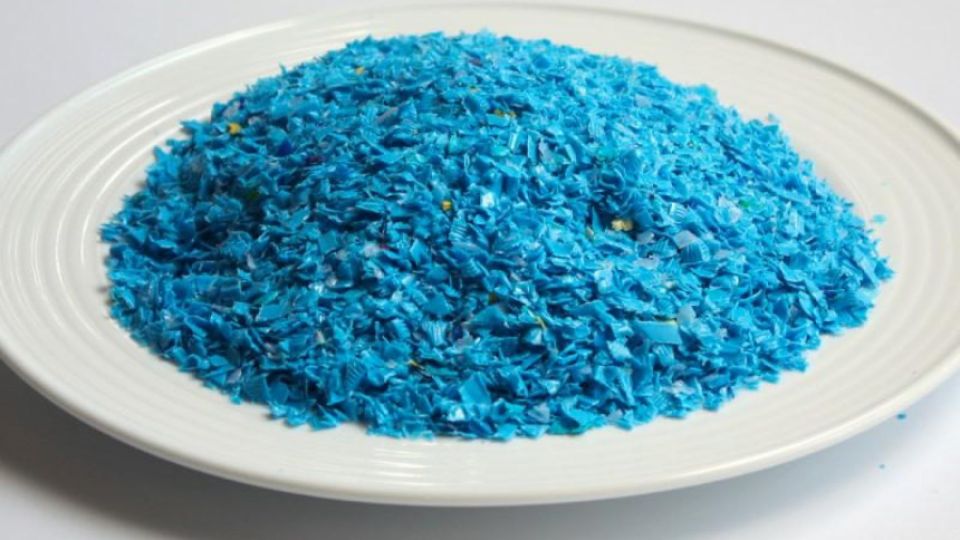March 25, 2022
DHAKA – For the first time, microplastic contamination has been discovered in human blood, with scientists discovering the microscopic particles in nearly 80% of those examined, reports The Guardian.
The discovery demonstrates that the particles can move throughout the body and lodge in organs. The influence on health has yet to be determined. Researchers are concerned, however, because microplastics have been shown to harm human cells in the lab, and air pollution particles are known to penetrate the body and cause millions of premature deaths each year.
Microplastics have now contaminated the entire planet, from the pinnacle of Mount Everest to the deepest oceans, due to massive volumes of plastic garbage deposited in the environment. The microscopic particles were already known to be consumed by food and water, as well as inhaled, and they had been detected in the feces of both babies and adults.
Plastic particles were discovered in 17 of the 22 anonymous donors’ blood samples, all of whom were healthy adults. PET plastic, which is often used in beverage bottles, was found in half of the samples, while polystyrene, which is commonly used in food and other product packaging, was found in a third. Polyethylene, which is used to make plastic carrier bags, was found in a quarter of the blood samples.
“Our study is the first indication that we have polymer particles in our blood – it’s a breakthrough result,” said Prof Dick Vethaak, an ecotoxicologist at Vrije Universiteit Amsterdam in the Netherlands. “But we have to extend the research and increase the sample sizes, the number of polymers assessed, etc.” Further studies by a number of groups are already under way, he said.
“It is certainly reasonable to be concerned,” Vethaak told the Guardian. “The particles are there and are transported throughout the body.” He said previous work had shown that microplastics were 10 times higher in the faeces of babies compared with adults and that babies fed with plastic bottles are swallowing millions of microplastic particles a day.
“We also know in general that babies and young children are more vulnerable to chemical and particle exposure,” he said. “That worries me a lot.”
The new study, which was published in Environment International, used existing techniques to detect and analyze particles as small as 0.0007mm. Two or three forms of plastic were found in several of the blood samples. To avoid contamination, the researchers utilized steel syringe needles and glass tubes, and used blank samples to test for background levels of microplastics.
Vethaak acknowledged that the amount and type of plastic varied considerably between the blood samples. “But this is a pioneering study,” he said, with more work now needed. He said the differences might reflect short-term exposure before the blood samples were taken, such as drinking from a plastic-lined coffee cup, or wearing a plastic face mask.
“The big question is what is happening in our body?” Vethaak said. “Are the particles retained in the body? Are they transported to certain organs, such as getting past the blood-brain barrier?” And are these levels sufficiently high to trigger disease? We urgently need to fund further research so we can find out.”
The new research was funded by the Dutch National Organisation for Health Research and Development and Common Seas, a social enterprise working to reduce plastic pollution.
“Plastic production is set to double by 2040,” said Jo Royle, founder of the charity Common Seas. “We have a right to know what all this plastic is doing to our bodies.”


